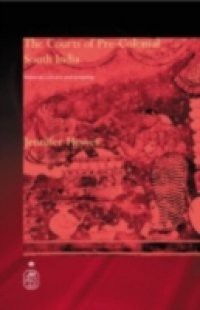This book investigates how the material culture of South Indian courts was perceived by those who lived there in the pre-colonial period. Howes peels away the standard categories used to study Indian palace space, such as public/private and male/female, and replaces them with indigenous descriptions of space found in court poetry, vastu shastra and painted representations of courtly life. Set against the historical background of the events which led to the formation of the Ramnad Kingdom, the Kingdom's material circumstances are examined, beginning with the innermost region of the palace and moving out to the Kingdom via the palace compound itself and the walled town which surrounded it. An important study for both art historians and South India specialists. The volume is richly illustrated in colour.

